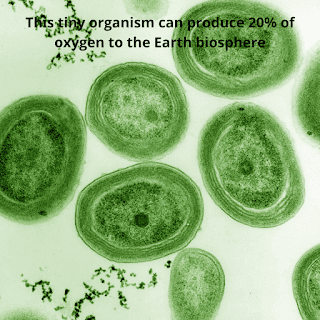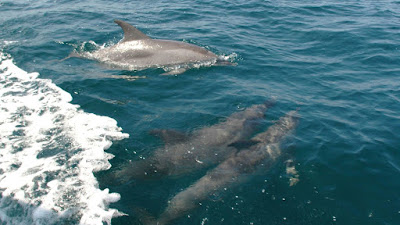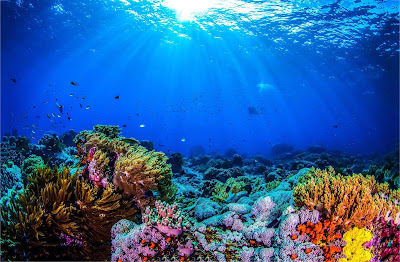What Gives More Oxygen on Planet Earth?
Everybody knows that plants and trees produce oxygen for the earth. But, do you know that oceans and seas contribute more oxygen. Produced by marine plants, algae and single-celled organisms called phytoplankton. These may not be seen by the naked eye but produce more, which is not even close to the proportions produced by the trees and plants.
The ocean produces oxygen as a by-product of photosynthesis, which converts sunlight and carbon dioxide and can use as energy. One type of plankton, Prochlorococcus releases tons of oxygen into atmosphere. So small, that can millions can be present in a single drop of water. It produces 20% of the oxygen to the earth biosphere, which is more than the rainforests on land combined. Scientists mention that a single cell can give oxygen for one in every 5 breaths we take.
Calculating the amounts of oxygen on oceans may vary because of the change in climate conditions, geographic location and with the tides. It is also important to remember that the marine animals also require oxygen for cellular respiration. Also, dead plants and animals consume oxygen to decay. In particular, when an algae bloom dies it decomposition requires more oxygen which results in low oxygen levels, which are called dead zones. As, it cannot support marine life in those areas.






Comments